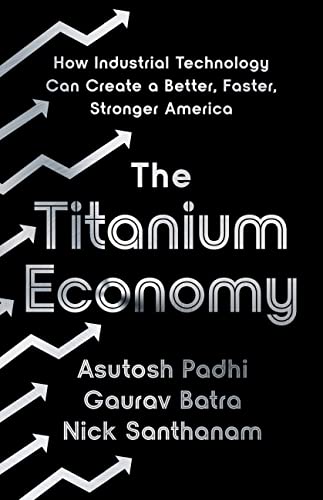
Title: How Computer Science is Transforming Finance: An Overview of Sentiment Analysis & Machine Learning
In recent decades, the collaboration between computer science and finance has fundamentally changed our comprehension and engagement with global markets. From algorithmic trading to instantaneous risk evaluations, financial firms such as JP Morgan Chase, Barclays, and others have embraced data-centric models driven by advanced machines. But what precisely do these computers accomplish? And how do they reliably make astute investment choices?
This article delves into how computers utilize two pivotal instruments — Sentiment Analysis and Machine Learning — to interpret market indicators and enhance investment yields.
📈 Sentiment Analysis: Assessing Market Sentiments
Financial market activity is frequently influenced not just by fundamental indicators but also by investor sentiment — the collective mindset of investors regarding a specific security or financial environment. In the past, individual traders gauged sentiment by analyzing news or observing trends. Nowadays, it’s the machines that do this work.
Introducing: quantitative analysts — commonly referred to as “quants.” These mathematicians and data specialists create advanced algorithms that can identify trends within vast arrays of financial data.
To allow machines to “understand” and make sense of news articles, earnings announcements, and social media posts, sentiment analysis frameworks rely on financial lexicons — specialized dictionaries filled with financial terms. A notable example is the Dow Jones Lexicon (DJL), comprising six dictionaries crafted by finance expert Bill McDonald. Through this lexicon, algorithms are capable of translating natural language into measurable signals.
Terms like “surged,” “profit,” or “expansion” lead to a bullish (positive) sentiment rating, while phrases such as “loss,” “decreased,” or “fell” suggest bearish (negative) sentiment. These expressions, particularly when located in headlines or initial story lines, are significant in shaping expectations for a stock’s future movement.
For instance: A CNBC piece dated November 26, 2021 — published shortly following the emergence of the Omicron COVID-19 variant — incorporates negative phrases such as “dropped,” “declined,” and “lost.” A sentiment analysis tool would categorize this article as bearish, potentially signaling traders to brace for a downward trend.
Computers employ extensible markup language (XML) to analyze such data. XML allows quants to label and structure information effectively, streamlining the process for algorithms to navigate and assess sentiment across extensive news feeds. A sample snippet of XML utilized for this purpose may appear as follows:
MSFT
Share price dropped due to variant fears
By systematically processing hundreds of news snippets like this, trading algorithms can fine-tune their market entry and exit timings based on the prevailing sentiment.
🧠 Machine Learning: Equipping Computers to Anticipate Stock Prices
While sentiment provides insight into market psychology, machine learning (ML) adds a predictive dimension to trading. ML is a branch of artificial intelligence (AI) that empowers systems to learn from historical data and enhance their predictions over time — without needing detailed programming for each potential scenario.
When applied within finance, machine learning algorithms scrutinize previous stock information — including opening prices, daily highs and lows, and trading volumes — to identify patterns and forecast forthcoming prices.
Consider Microsoft stock. A machine learning framework would be trained using past stock data:
| Date | Open | High | Low | Close | Volume |
|————|———-|———-|———-|———|————|
| 1990-01-02 | 0.605903 | 0.616319 | 0.598090 | 0.616319| 53033600 |
| 1990-01-03 | 0.621528 | 0.626736 | 0.614583 | 0.619792| 113772800 |
Given that computers perform optimally with normalized data, all figures are scaled between 0 and 1 to enhance efficiency and lower processing time.
After preparing the dataset, it’s time to construct a model using a specific type of neural network referred to as an LSTM (Long Short-Term Memory). LSTMs are particularly well-suited for sequential data like stock prices as they hold information across extended sequences — akin to how humans might recall past market trends when making investment choices.
The LSTM-based model undergoes several training cycles, known as epochs. A single epoch constitutes one complete traverse of the training dataset. With each iteration, the system adjusts to minimize prediction inaccuracies, enabling it to ‘learn’ the market dynamics.
Once the model is adequately trained, it is assessed against actual stock data. Using functions such as:
y_pred = lstm.predict(X_test)
we can forecast stock prices.
By comparing these forecasts against real outcomes using a line graph, we can visualize how closely the model approximates actual performance. While predictions won’t be flawless, a well-trained model will exhibit similar trends — demonstrating high accuracy in upward or downward shifts.
🔍 Insights and Practical Applications